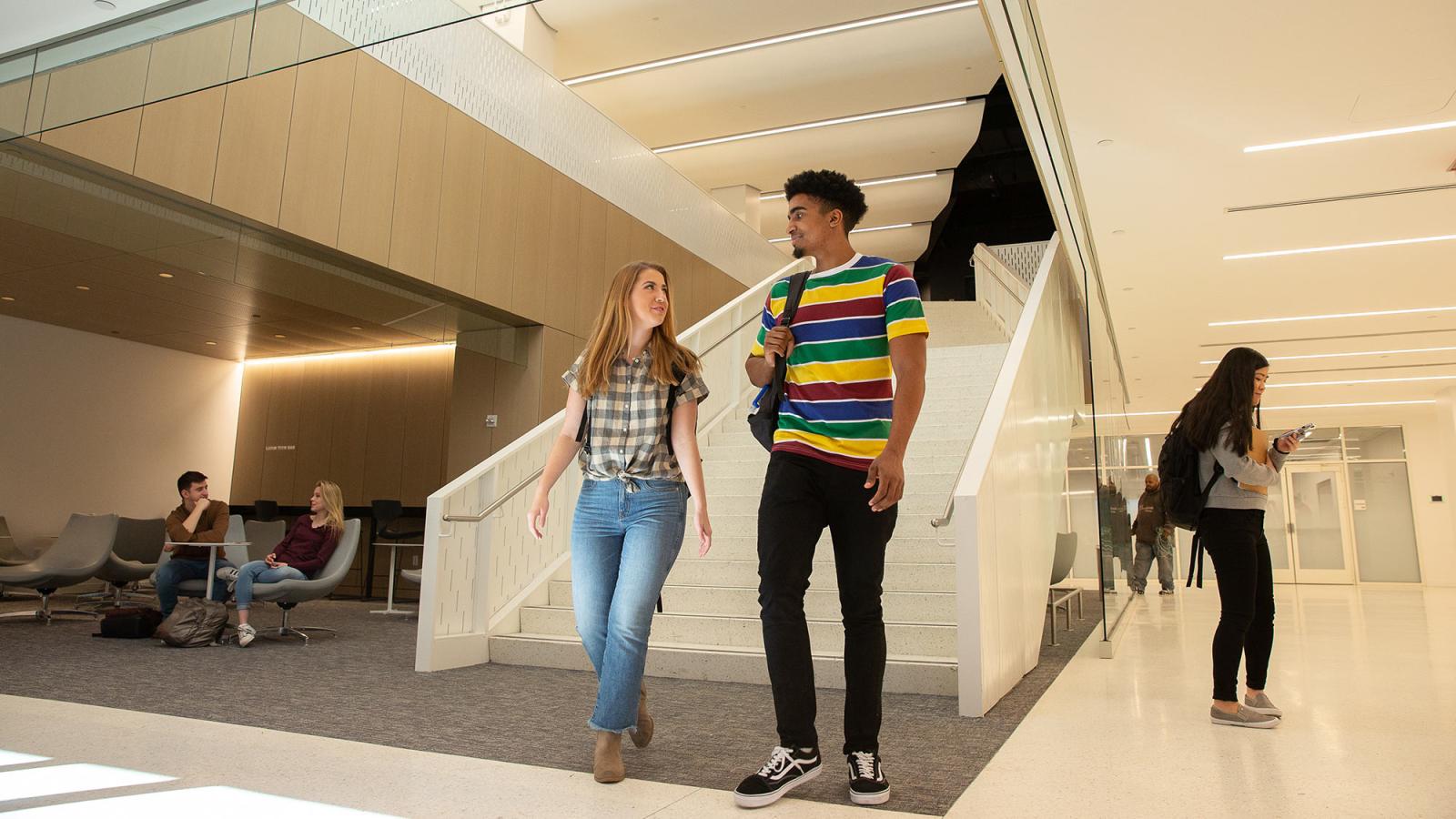Narrative
For over a century, Pace University has been an educational and economic asset to the New York Metropolitan area. The University enrolls over 13,000 students, employs 5,800 people, and coordinates placement of thousands of students in internships and clinical practice each year. In addition to our faculty, staff, and student community, Pace special events bring over 341,000 visitors to the area each year. As well as undertaking ongoing capital projects and improvements, in recent years Pace has embarked on two major construction projects to revitalize each of its two main campuses: the Lower Manhattan based New York City campus, and the mid-Westchester campus in Pleasantville, NY.
Economic Impact
Pace University spending on construction projects has a significant impact, generating hundreds of millions of dollars of economic activity for the region. In total, Pace University construction spending impact on the regional economy amounts to $893.8 million in increased output, $292.9 million in earnings, and 5,545 job1. This can be broken down into three major areas of impact: General Capital Projects, Pleasantville Master Plan, and New York City Master Plan.
- General Capital Projects: In fiscal years 2012–2018, Pace spending on general capital projects topped $183 million. The multiplier effect, or secondary impact, of Pace general capital project expenditures, as determined by the Regional Input-Output Modeling System (RIMS II) developed by the Bureau of Economic Analysis of the U.S. Department of Commerce, generates an estimated $337.6 million in increased economic output, $110.7 million in earnings and 2,094 additional jobs.
- Pleasantville Master Plan: During this same seven year period, Pace University’s Pleasantville Master Plan project spending generated significant economic activity in the region. Spending on this campus revitalization topped $232 million. This spending supports employment, economic output and earnings in industries such as retail trade, real estate, food services, among others thereby generating a $428.7 million increase in economic output, $140.5 million in earnings and 2,660 jobs.
- New York City Master Plan Spending: Pace University’s New York City Master Plan construction began in Fiscal Year 2016, and is now well underway, with FY 2016–2018 spending at over $69 million. This spending has generated an estimated $127.6 million in economic output, $41.8 million in earnings and 791 full-time equivalent jobs.
Putting it all Together
Pace University’s construction and revitalization projects have been a strong economic driver of the local and regional economies in recent years generating nearly one billion dollars in economic impact in the area.
Methodology
In order to define the economic impact of Pace University spending on construction projects, we looked at several measures including spending on capital projects across all campuses, and spending on the New York City and Pleasantville Master Plans. We calculated the multiplier effect, or secondary impact, of Pace Pleasantville expenditures as determined by the Regional Input-Output Modeling System (RIMS II) developed by the Bureau of Economic Analysis of the U.S. Department of Commerce.
Economic Impact of University Spending
Economic multipliers were obtained from the BEA and applied to the overall University expenditures. In order to estimate how Pace Pleasantville expenditure contributed economic activity in the region, we applied output, earnings, and employment multipliers associated with Construction-Industry Code 7. According to the BEA:
- Output represents the total dollar change in output that occurs in all the industries for each additional dollar of output delivered to final demand by the Industry corresponding to the entry
- Earnings represents the total dollar change in earnings of households employed by all industries for each additional dollar of output delivered to final demand by the Industry corresponding to the entry
- Employment represents the total change in number of jobs that occurs in all industries for each additional 1 million dollars of output delivered to final demand by the industry corresponding to the entry
These multipliers were applied to Pace University FY 2012–2018 construction expenditure of $485 million to determine the indirect and induced impact University spending contributed to the major industries.
1According to the BEA: Output represents the total dollar change in output that occurs in all the industries for each additional dollar of output delivered to final demand by the Industry corresponding to the entry; Earnings represents the total dollar change in earnings of households employed by all industries for each additional dollar of output delivered to final demand by the Industry corresponding to the entry; Employment represents the total change in number of jobs that occurs in all industries for each additional 1 million dollars of output delivered to final demand by the industry corresponding to the entry.
